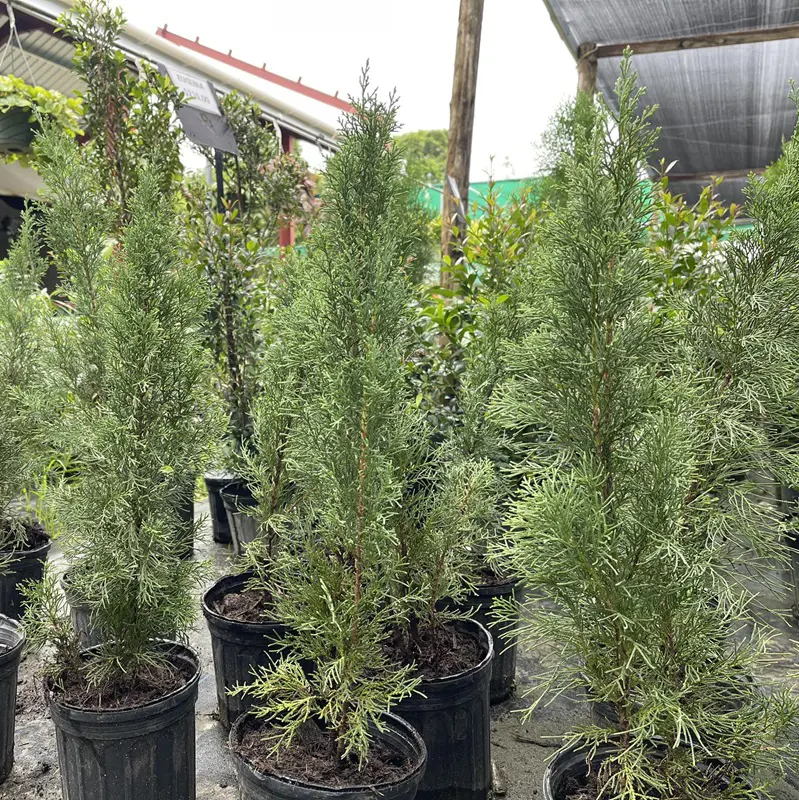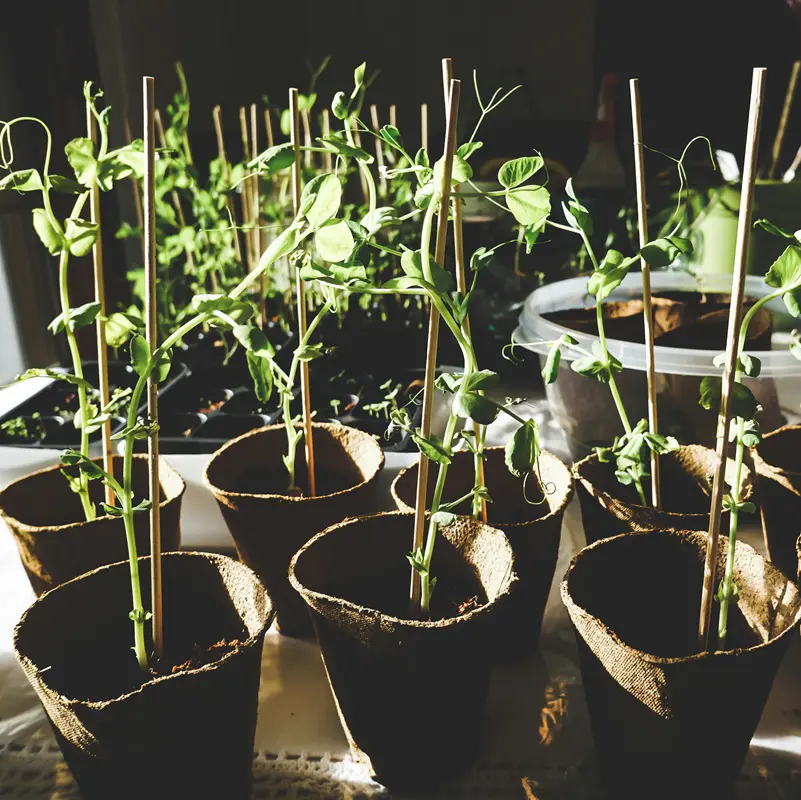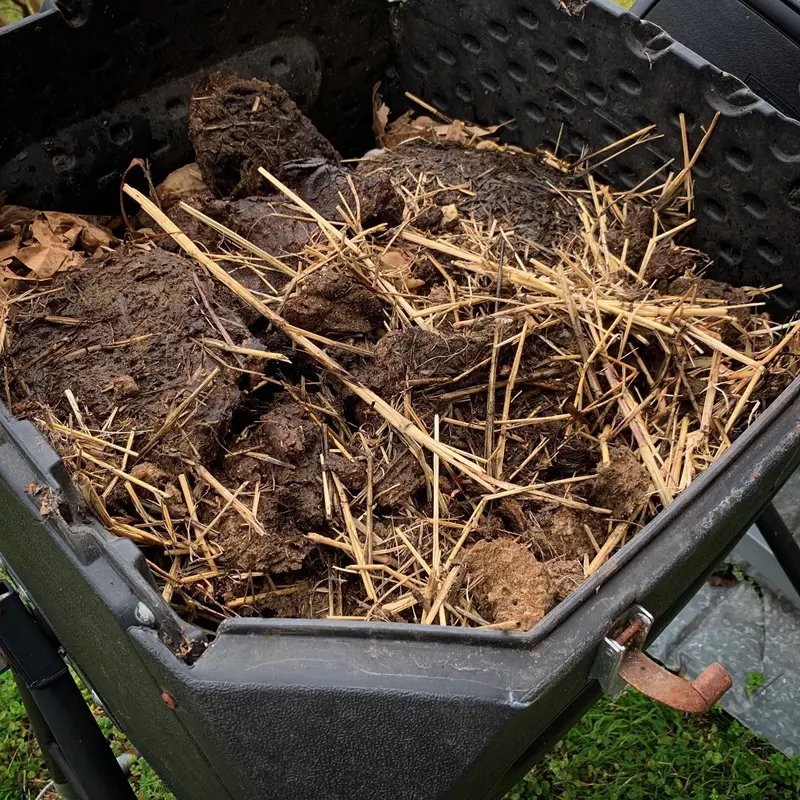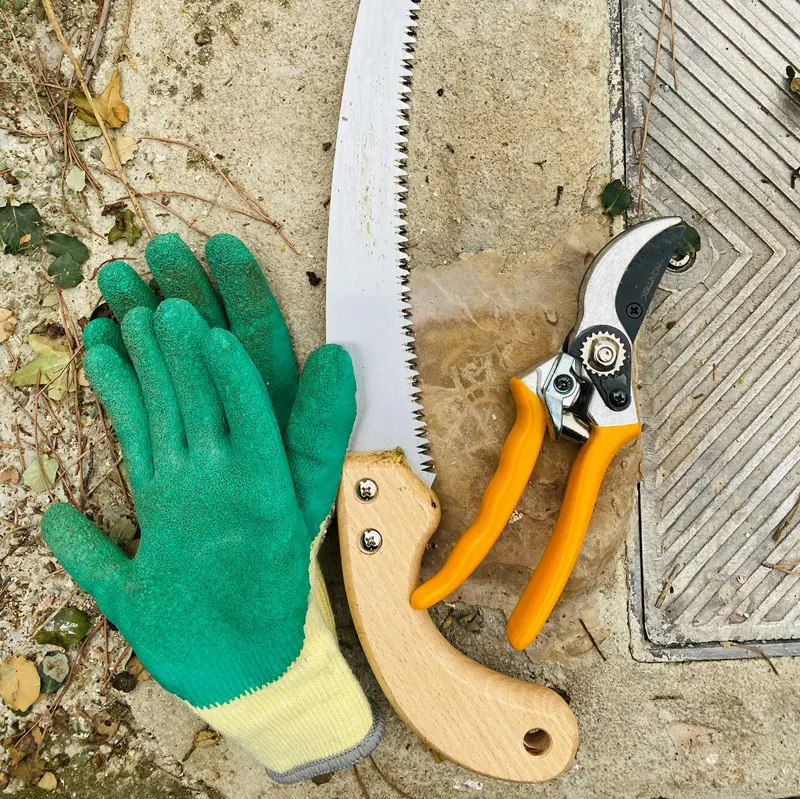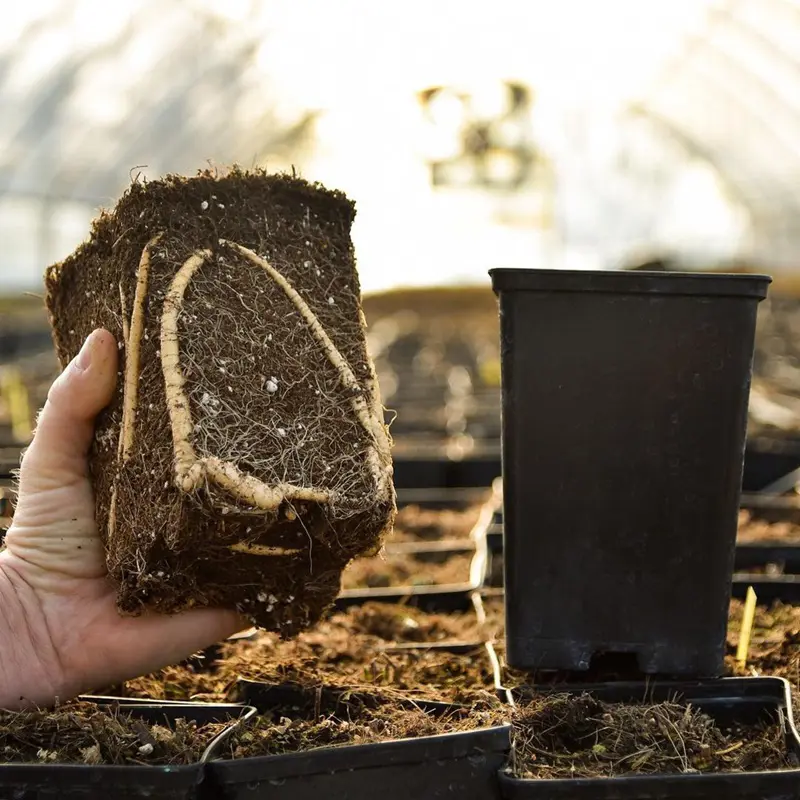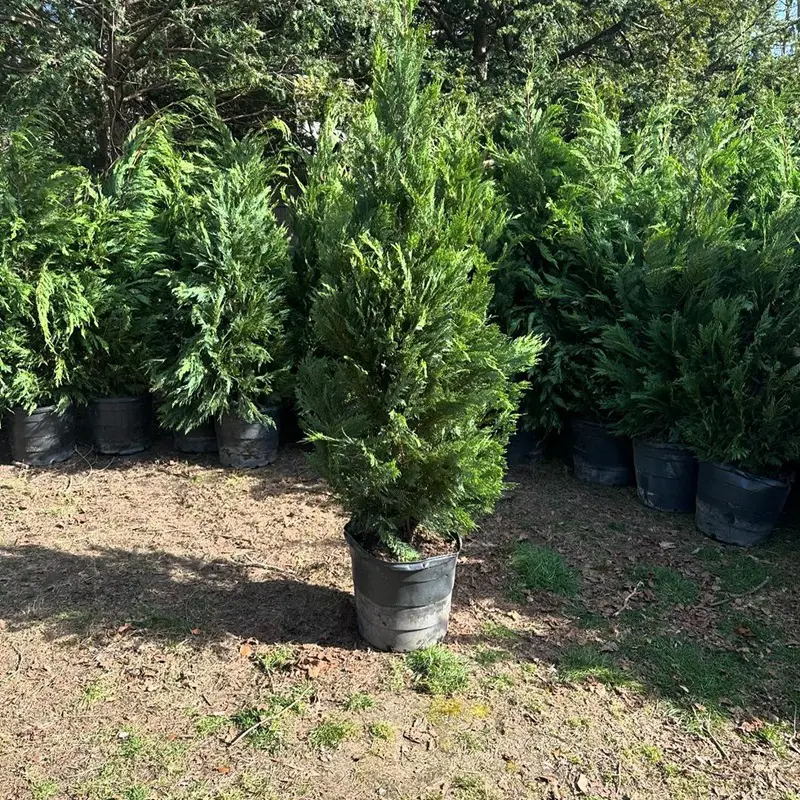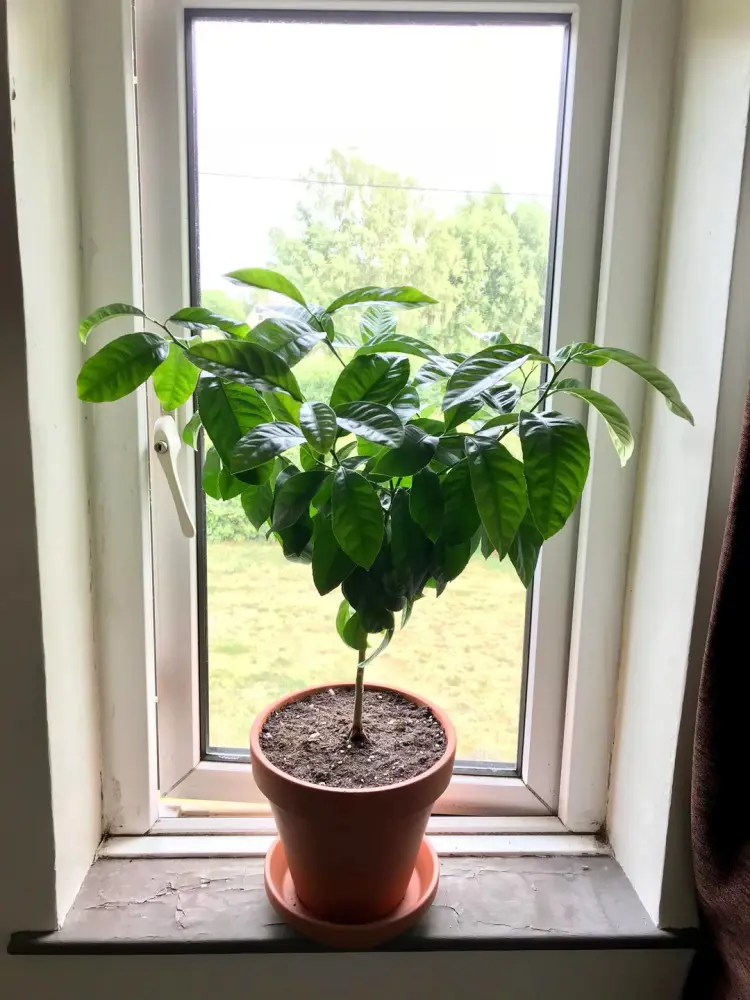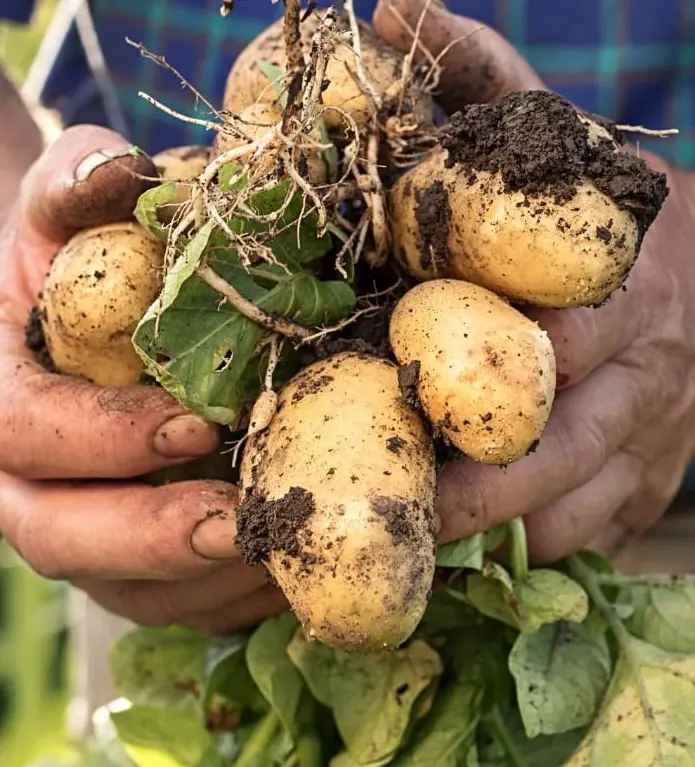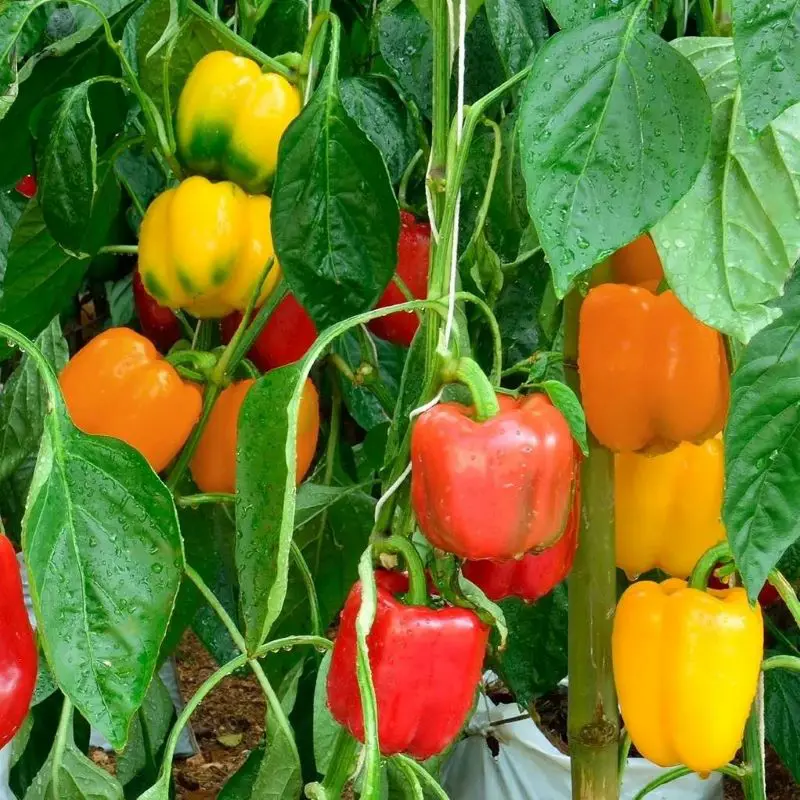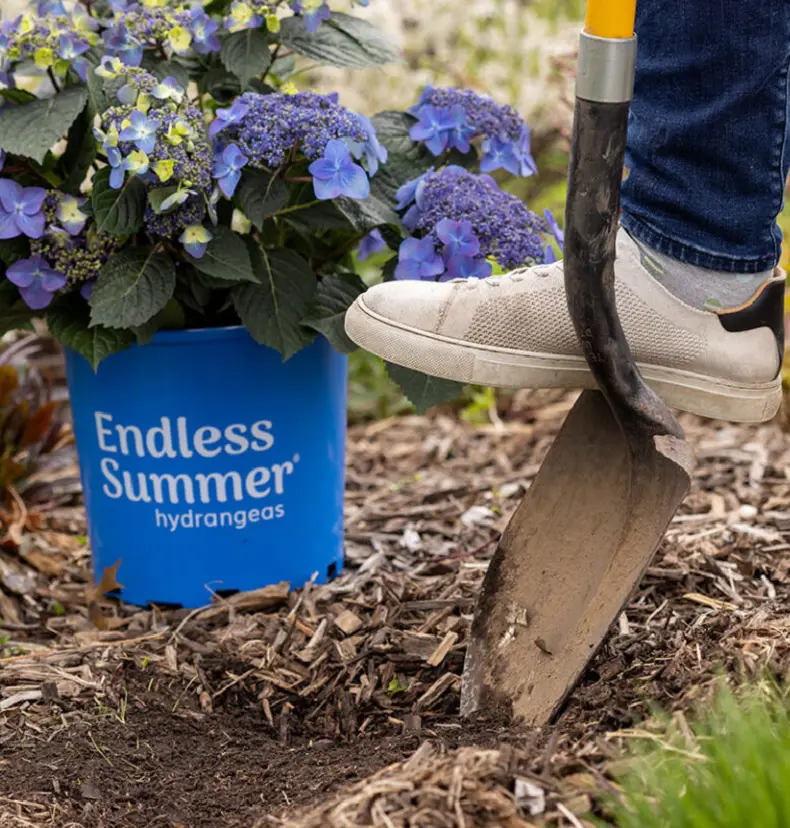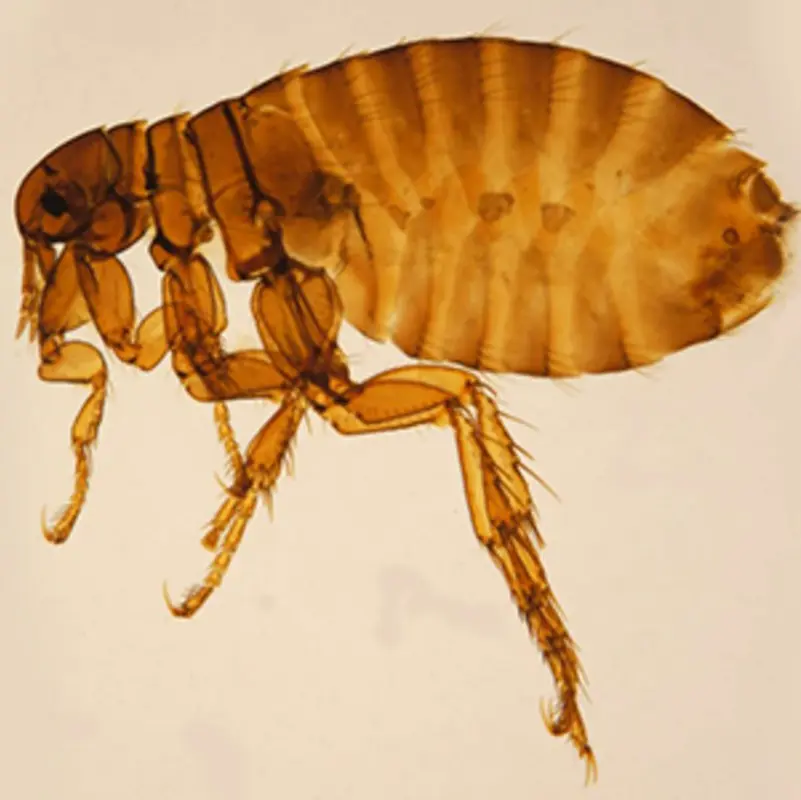When and Where to Plant Cypress Trees
Before you begin with Cypress Tree Plantation, here are a few things you might want to consider;
Location and Light
Cypress proteins grow better in the full sun but will survive in partial shade. However, they require not less than six hours of direct sunlight per day to grow healthily, strong, and green. Wherever you plant in your garden, select a location that has maximum sun rays throughout the day.
While cypress trees are tolerant of partial shade to some degree, planting them in heavy shade typically results in foliage that grows slowly and loosely, with a thin and open appearance. To achieve proper growth, thus, select a location that receives enough light to encourage full, green foliage on your cypress trees.
Soil

Cypress trees prefer well-drained soil, slightly acidic to neutral, from 5.5 to 7.0 on the pH scale. These trees are highly adaptable and can grow on a variety of soils, from sandy to loamy and even clay soils, as long as the drainage is proper.
If your soil is heavy and water-bound, it should be well-amended using organic matter, such as compost or well-rotted manure, which enhances drainage and aeration and will give the cypress trees a properly set environment in which they can establish a robust root system that could, later on, translate to healthier, more resilient growth.
Spacing
Cypress trees require adequate spacing for them to grow healthily. Some cypress tree species can grow to very large sizes, so they should be spaced at least 8 to 10 feet apart to allow them enough space for proper growth. This allows the trees enough space to spread their roots and branches without struggling for nutrition and sunlight.
You may plant cypress trees closer together, at a spacing of about 4 to 6 feet apart, if you are creating a hedge or screen with them. In this manner, it will make provision for an effectual, even barrier concerning privacy and wind protection while allowing individual trees to thrive.
Planting Time
Plant cypress trees in the early part of spring any time, or in the somewhat moderate weather of the fall. This would give it a good chance to acclimate to its new surroundings and establish a strong, healthy root system before being stressed by extreme heat and cold.
Ideally, this means planting the tree while it can still establish its roots before it has to struggle with the threat of extreme heat or cold. Do not plant your tree in the middle of summer or winter because the shock from transplant, at an extreme level of temperature, will interfere with how well the tree can do in establishing itself in your garden.
